- News
- Reviews
- Bikes
- Accessories
- Accessories - misc
- Computer mounts
- Bags
- Bar ends
- Bike bags & cases
- Bottle cages
- Bottles
- Cameras
- Car racks
- Child seats
- Computers
- Glasses
- GPS units
- Helmets
- Lights - front
- Lights - rear
- Lights - sets
- Locks
- Mirrors
- Mudguards
- Racks
- Pumps & CO2 inflators
- Puncture kits
- Reflectives
- Smart watches
- Stands and racks
- Trailers
- Clothing
- Components
- Bar tape & grips
- Bottom brackets
- Brake & gear cables
- Brake & STI levers
- Brake pads & spares
- Brakes
- Cassettes & freewheels
- Chains
- Chainsets & chainrings
- Derailleurs - front
- Derailleurs - rear
- Forks
- Gear levers & shifters
- Groupsets
- Handlebars & extensions
- Headsets
- Hubs
- Inner tubes
- Pedals
- Quick releases & skewers
- Saddles
- Seatposts
- Stems
- Wheels
- Tyres
- Health, fitness and nutrition
- Tools and workshop
- Miscellaneous
- Cross country mountain bikes
- Tubeless valves
- Buyers Guides
- Features
- Forum
- Recommends
- Podcast
feature
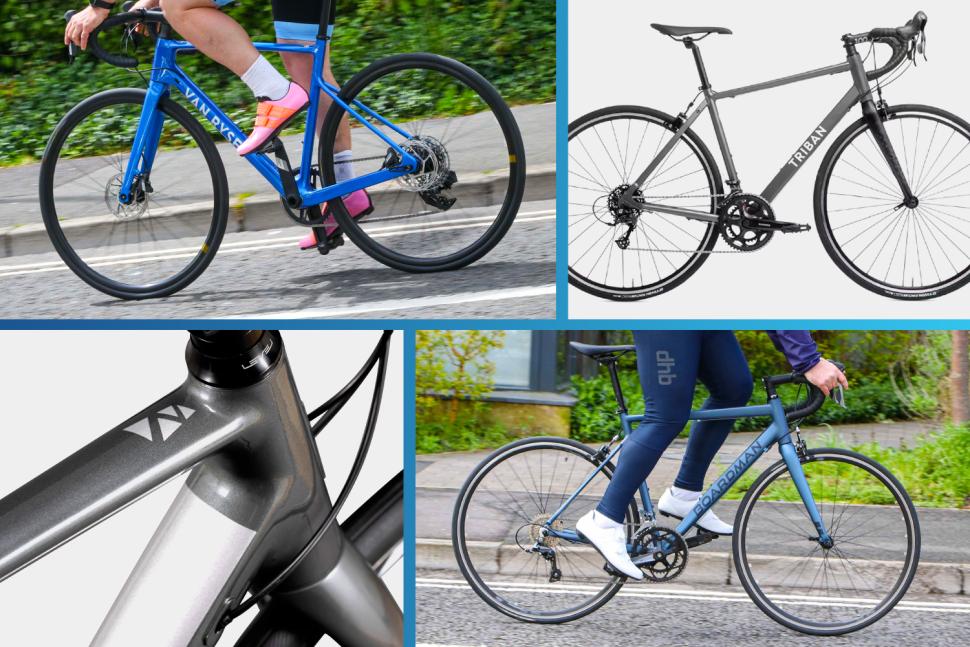 Budget bike brands Oct 2024
Budget bike brands Oct 2024Has the cycling industry killed the cheap road bike? Where have all the cheap bikes gone?
The cost of bikes is a never-ending discussion point in the world of cycling and, like so many things in life, their prices have soared in recent times, in many cases faster than inflation. While most airtime is reserved for the five-figure, top-of-the-range models that cost more than some cars, or 'affordable' mid-range options that still stretch to several thousands of pounds, it is the entry-level sphere where these price rises are perhaps most noticeable.
Back in the autumn we did a round up of all the best budget bike brands, and while nobody's arguing there are still plenty of fantastic road bikes to be had — often significantly superior versions of the entry-level models that emerged ten to 15 year ago — the feature left us pondering the question at the top of this page: 'Has the bike industry killed the cheap road bike?'
After all, midway through the last decade major bike brands like Specialized, Giant and Trek, as well as smaller names like Boardman, Vitus and Decathlon, all had budget offerings around the £500 mark. Inventory-clearing price-slashing and clearance sales aside, those same models' prices today are, especially in the case of the big names, moving closer to the £1,000 mark.
Yes, entry-level bikes have improved significantly over that time period — components tech trickling down, a move to wider tyre clearances and 28mm rubber as standard have all boosted ride quality and comfort too. Likewise, inflation exists and the price of seemingly everything, not just bikes, has gone up.
However, in many cases the entry-level bikes of today are more expensive now, even accounting for inflation. In some cases by a quite significant amount. For example, Specialized's Allez is 66 per cent more expensive than it was back in 2014 when it cost £600.
According to the Bank of England's inflation calculator, the £600 price tag of the 2014 Allez — which like today's version came with 8-speed Shimano Claris groupset and an AXIS wheelset — would be £811 today, accounting for inflation. In reality, it is now £1,000.
We undertook similar inflation-tracking experiments in a piece back in 2023 and discovered that Trek and Giant's entry-level models, the 1.1/Domane AL2 and Contend, have also risen in price greater than inflation.
In 2013, the base model of Trek's range was the Trek 1.1, costing £550 at RRP. Three years later Giant's entry-level offering, the Contend, took over from the Defy, with the Contend 2 costing £525 at the time. Those prices are long gone, the Domane AL2 now £200 more expensive than the 1.1 at £750 and the Contend 2 at £849. The days of Trek, Giant and Specialized offering road bikes around the £500 mark appear to be no more.
Again consulting the inflation calculator, the 2016 price of £525 for a Contend 2 would be a little over £700 today. In terms of what's changed with these models in the decade since, the Contend 2 of today is still an aluminium road bike with Shimano Claris and rim brakes.
One change in tech worth pointing out has been disc brakes, the Allez moving from rim brakes to discs. Trek and Giant do of course now offer disc brake options for the Domane AL2 and Contend models too, but the price for these is even greater, the Domane AL2 Gen 4 at £1,050 and the Contend AR series also retailing north of the grand mark.
Another caveat would be that the challenges that have hit the bike industry since Covid mean plenty of models, notably those of a couple of years ago that need shifting, have been subject to price-slashing and clearance sales, meaning you can probably find a better deal than the retail price — but on the whole, cheap road bikes aren't quite as cheap as they once were.
> What are the best budget bike brands?
Decathlon and its Van Rysel and Triban brands might take issue with any statement about the bike industry killing the cheap road bike, the entry-level Triban models starting at £299.99 for the RC 100 and sub-£400 for the RC 120, an aluminium bike with carbon fork and Shimano Tournay gearing. However, again, for the RC 520 (a disc brake option with some Shimano 105 R7000 components and other Microshift ones) the price is closer to £1,000 than £500.
It's perhaps a sign of the times that possibly the most impressive standing of ground on the price front is Boardman's SLR8.6, which remains at just £650 for an aluminium, carbon-forked entry-level road bike with Shimano Claris groupset, just £150 more expensive than the brand's cheapest road bike in 2015.
Ultimately, our best budget bike brands feature had to stretch the definition of 'budget' to its limit, highlighting Ribble, Rose and Cube; the cheapest road bike those three offer being £1,099, £999.50 and £750 respectively.
Less well-known names might capitalise on the more established players moving towards the £1,000 mark, perhaps suggesting the bike industry hasn't yet killed the cheap road bike if it can be saved by other brands. At the time of writing you can bag a Pinnacle Laterite from Evans Cycles for as little as £279 brand new, and Indonesian-based manufacturer Polygon offers its Sora-equipped Strattos S3 for £399.97 via Go Outdoors in the UK if you sign up for the retailer's membership scheme (though the RRP is £750). Likewise, we predict that we could see more budget offerings in the near future with the rise of Chinese direct to consumer bikes.
> 2025 cycling tech predictions: Chinese bikes are coming
So, to bring things full circle: has the cycling industry killed the cheap road bike? The answer probably isn't a binary yes/no, but somewhere in the middle. Yes, you could argue it has, because most major brands don't offer bikes much below £1,000 in their range. We're not going to accept that £1,000 is cheap so, if you want to buy a new road bike that is, there are far fewer options than there were ten years ago.
On the other hand, no, the cycling industry hasn't killed the cheap road bike, because while there are still the Decathlon examples, as well as Boardman seemingly tying their bike prices to inflation, there are still great rides to be had for relatively little money. At the time of writing, and arguably due in part to the huge number of bikes sold during the early 2020s, there is a very healthy second-hand market if you know what you're looking for.
What happens next will be interesting, although prices will likely only go one way. One curveball could be the factor we briefly mentioned earlier — the rise of Chinese direct to consumer bikes. Will we see the established big names' entry-level offerings undercut by new rivals? Let us know your thoughts in the comments as always.
Dan is the road.cc news editor and joined in 2020 having previously written about nearly every other sport under the sun for the Express, and the weird and wonderful world of non-league football for The Non-League Paper. Dan has been at road.cc for four years and mainly writes news and tech articles as well as the occasional feature. He has hopefully kept you entertained on the live blog too.
Never fast enough to take things on the bike too seriously, when he's not working you'll find him exploring the south of England by two wheels at a leisurely weekend pace, or enjoying his favourite Scottish roads when visiting family. Sometimes he'll even load up the bags and ride up the whole way, he's a bit strange like that.
Latest Comments
- ubercurmudgeon 3 hours 14 min ago
I had three different cyclocross bikes before the marketing departments at various bicycle companies came up with the "gravel" category. All of...
- Sredlums 3 hours 58 min ago
Maybe the UK could try to reach some sort of agreement with the EU over things like international trade and such.
- David9694 4 hours 28 min ago
Cumbria County Council was a 1974 creation, merging the of old County Borough of Carlisle, and counties of Cumberland, and Westmorland - in which...
- Backladder 4 hours 39 min ago
If BC want to insist on barriers then they should have their own stock loaded on a truck that they can rent out to organisers at reasonable cost,...
- Miller 5 hours 10 min ago
Well, there's lifetime bans and there's lifetime bans. Banning an 88 year old don't impress me much.
- Gkam84 8 hours 15 min ago
I think that is why blind eyes have been turned in the UK, internationally aswell, with things like the Redhook crits, there were many licensed...
- mdavidford 9 hours 24 min ago
Ahem - other esporters(?) might be rather surprised to hear that the UCI has taken over their events - I think that would be the Cycling Esports...
- Bungle_52 9 hours 33 min ago
I wonder how he got to the game?
- OldRidgeback 9 hours 35 min ago
You'd need some good wet weather gear for that ride too.
- OnYerBike 11 hours 59 min ago
It seems to me that the most likely explanation is that whoever provided that quote fails to grasp the difference between a "public right of way"...
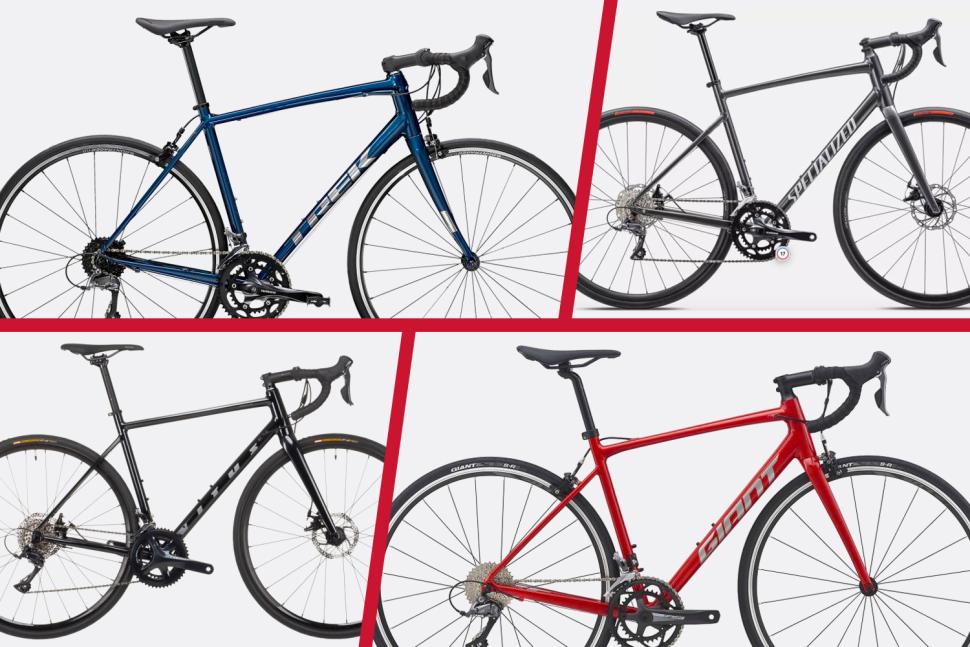
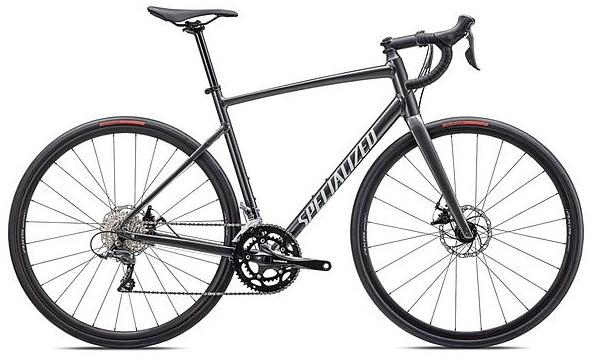
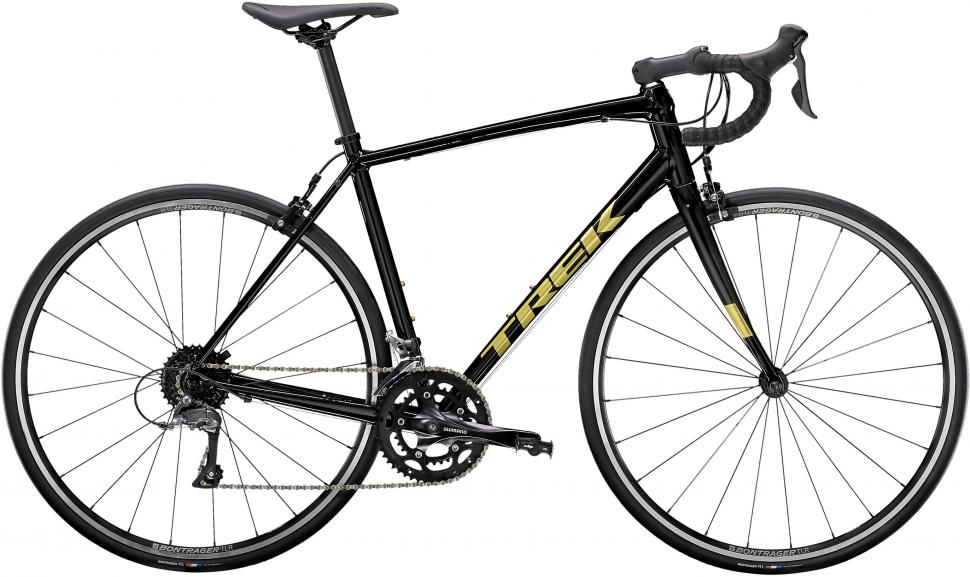
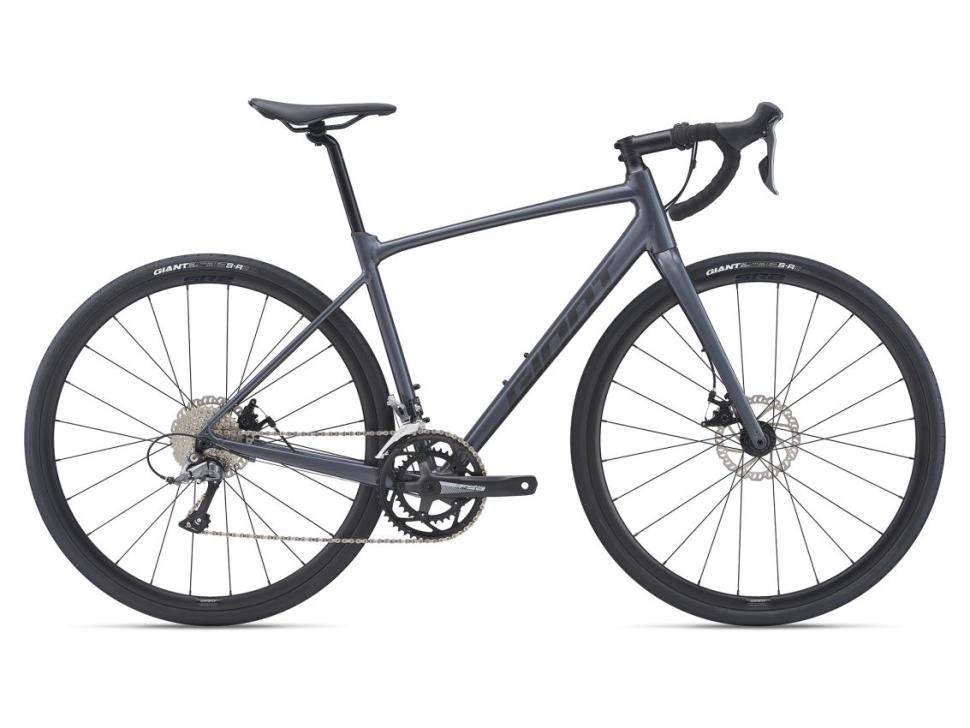
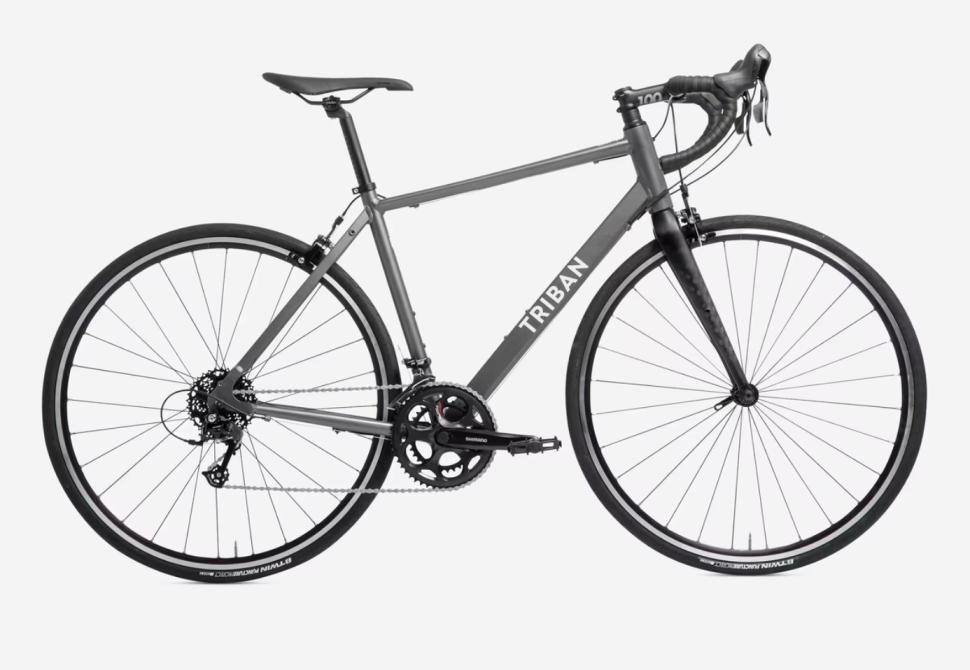
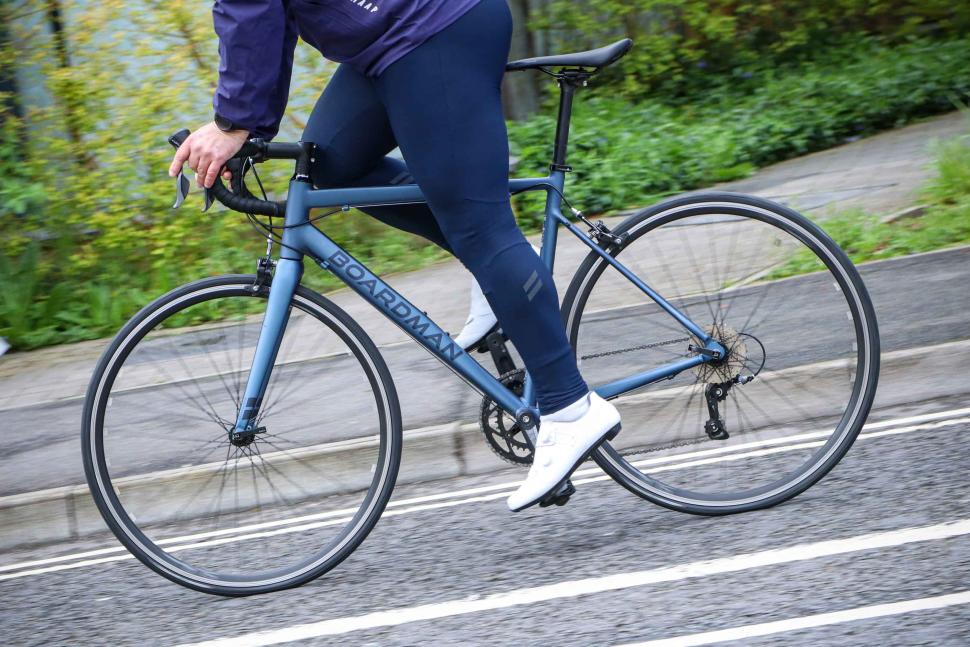
Add new comment
12 comments
Those psychological price-points play their part - over £500, over £1000, I guess part of this is what you deem to be "expensive" or "acceptable", e.g. when put next to your disposable income - i.e. your take-home pay less essential bills, all of which themselves have changed over time, and other nice things like holidays and eating out.
We're along way off the 4130 £99 Peugeot 10s racers and all steel Raleigh Winners and mixte Wisps I was selling in the 1980s, with the Raleigh Medale at £110. The Repair Cafe struggles to get £40 for a 18 or 21s 1990s/ 2000s mountain bike.
How much of a thing and how often a thing is New Bike Day?
Gonna say it again, your £500 cheapie bike ain't so cheap if within 6 months you're in for new saddle (cuts you in half), bar tape (unravelled) and tyres (shredded).
Instead of the cycle industry crashing, a lot of places have just about kept the head above water, yes the Wiggles have gone etc, but the bike prices haven't gone down due to this maximum amount of cycles that where reportedly excess, that usually gets a deal cept none have been forthcoming and buy a bike has grown, that's why the cycle industry is grating along the floor - they're still hyping price to rediculous levels and a cheaper market has grown, so yes, it's in a bad way and it's caused it itself! by making trying to sell discs, whether you like it or not, it's FACT
I think there's a bigger economic mechanism going on. Any company, manufacturing anything, makes very little money on the low end. They actually dont want to sell them as the profit margins are low. They would rather sell high end , high margin products. But they are forced to do it due to retailers demanding it because they bring people into the store, be it online or physical retail. I big retailer/ distributor might say, we wont take any bikes, or less bikes, if you dont have that entry level ' bait bike". Another factor is that the price of the low end follows the price of the high end. Its a price span, not anchor price points. Lastly, the cost of manufacturing is basically the cost of energy. Have you taken into account that the inflation of energy cost is perhaps higher than broad inflation?
I'm not sure this is accurate. Brands want to sell the lower-margin cheaper bikes because (1) they sell far more of them than the expensive models and (2) they help brand visibility and the company hopes it will encourage the owner to remain with that brand when they replace it.
The total cost of putting a complete bike on a UK showroom floor is considerably more complex than the Bank of England's inflation figures. Some costs will have risen considerably more than that single number suggests and companies in other countries will have very different financial and political pressures. And let's not forget Brexit.
People complaining about current prices might like to consider that RRP on my Giant SCR 2 in 2007 (alu, 9sp Tiagra) was £525 while the SCR 1 (alu, 10sp 105) was £850. TCR Alliance 1 (alu/carbon, 10sp 105) was £1,049, the TCR C3 (carbon, 10sp 105) was £1,450 and the TCR C2 (10sp Ultegra) was £1,800.
Minimum wage in 2007 was £5.52/hour. Today it's £11.44.
On the Giant GB website Giant Contend 1 (rim brake, Sora 9sp) is £749, discounted from £999. TCR Advanced 2 (rim brake, 11sp 105) is £1,399 for silver and £1,574 for black, discounted from £1,999 and £2,249 respectively. TCR Advanced Disc 3 (10sp Tiagra) £1,644, down from £2,349. I'm not as familiar with other brands.
IMHO it wasn't 'the bike industry' that reduced their appeal, it was all the online stuff about how you can't possibly* ride UK roads without discs. Entry-level road bikes (£500-750 or thereabouts) with rim brakes haven't sold in viable numbers for some time. They make sense to us but they're a dated format to someone buying into road riding. Plus gravel bikes generally appeal to that customer so much more than dedicated road bikes do.
*slight exaggeration I admit - many of us are still happily riding really nice road bikes on rim brakes.
Doesn't it kinda depend on how snobby you want to be?
Sports Direct have an 18 speed Sora groupset with AL frame and carbon forks for less than £500.
Hybrid bikes are even cheaper.
So no ... New cheap bikes haven't been killed off - you're just looking [down your nose] in the wrong places.
https://www.sportsdirect.com/pinnacle-laterite-3-road-bike-934352#colcod...
We've added the Pinnacle to our examples of sub-£500 road bikes, good shout.
It's more that there are less of them, and the brands that could be considered the biggest and most popular generally no longer hit these price points. I'd argue that's not snobby, just acknowledging that the likes of Specialized and Giant are more prominent than Pinnacle and Polygon.
Ah, the Pedants' Revolt. Led, of course, by Which Tyler.
I'll also add it's what you consider a lot of money is, as in 'What, you paid how much for a push bike! You could have bought ......' We've all heard it.
To us die hards, yes, we might cringe at the price when we press the 'buy now' button, but we know what decent bikes & bike kit costs. To many though what we pay seriously is 'how much' and £500 for a new bike represents a serious investment in their new hobby or whatever.
The same attitude applies to bike maintenance/repairs, too. My wife is always, "You paid HOW MUCH?" when I say my LBS has replaced the drivetrain or wheels or something.
Yup. It's "expensive toy". And don't try doing the calculation ("we pay x per mile (factoring in purchase price, insurance, VED etc.) to run the car, but by my bike computer I've done y miles so that works out at z per mile - that's about 100 times cheaper. And before you say 'you just ride about on it' it saves a gym subscription and we use the car for a lot of leisure trips! I commute / get the shopping on the bike...")
That way lies disharmony!